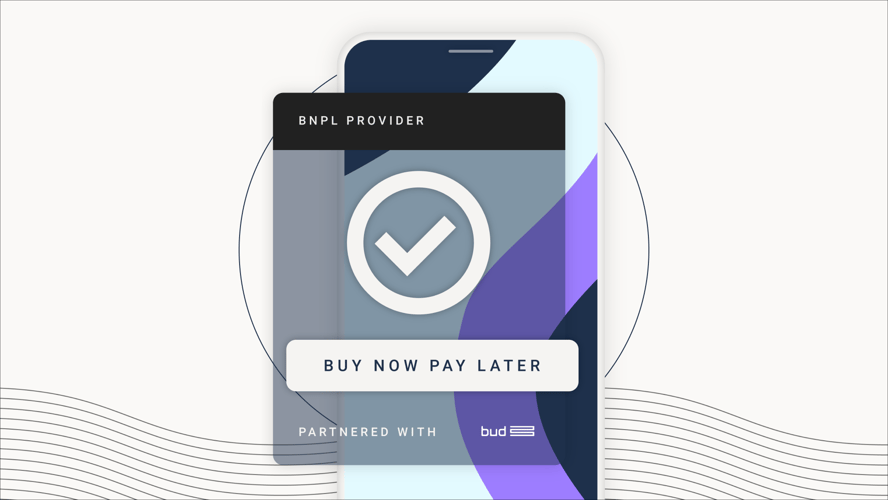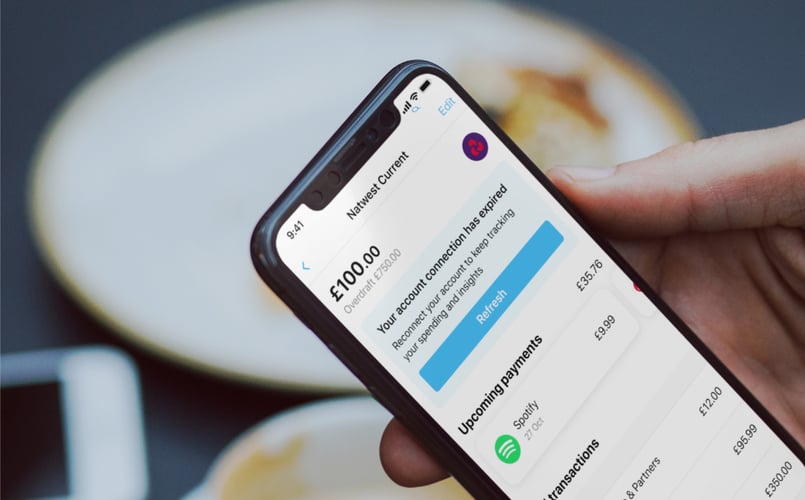Fraud Prevention
This is probably the most straightforward case for deploying Open Banking tech in the BNPL sector. Account takeover fraud, where a fraudster gains access to a BNPL account and uses it to make fraudulent purchases, is by far the most common type of fraud to affect BNPL providers. Sending a user through an Open Banking account verification flow at the point of sale would act as a simple mitigation factor for this. With the right implementation, it can be achieved with a few as three clicks and delivered in less than 10 seconds. In short, it’s a no-brainer.
We expect that the incoming regulation will also extend the protection that section 75 offers to users into the BNPL space and again, a simple account verification flow can offer significant mitigation by confirming that the purchaser is the primary account holder. Secondary cardholders are exempt from Section 75 of the Credit Consumer Act and we’d expect that exemption to be maintained.
Risk Mitigation
The majority of BNPL contracts are low value and would therefore be repaid over a period of 30 - 90 days. The Woolard Review quotes an average ticket price of £65 - £75 and goes on to state that it would be easy for someone to amass commitments of > £1000 in that period. This has a significant impact on the affordability of repayments and, given that CRA data often operates on a 30 - 45 day (and sometimes up to 12 weeks) delay, presents a huge challenge for BNPL providers who want an accurate picture of their risk exposure - and this is a best case scenario. It's far from certain that CRAs will start to report BNPL contracts at all, major technical and contractual hurdles still exist.
Open Banking provides a very simple solution for this with data that is correct to the second and can be refreshed up to four times a day for a period of up to 90 days from the first connection. This means BNPL providers can use the data not just to get an accurate picture of someone’s current liquidity but also summaries of existing commitments to other BNPL providers. It also allows for the possibility of ongoing monitoring and smart intervention to avoid defaults.
Opportunity Cost
Research from Opinium at the end of 2020 showed that as much as 80% of rejected loan applications could have been accepted without increasing the lender’s tolerance for risk if the lender had access to more data about the applicant. On the assumption that mandatory affordability checks are a given in the medium term, Open Banking represents a significant opportunity to address this for thin-file applicants. The opportunity becomes more compelling in the context of short-term BNPL contracts as it makes more sense to align these with an applicant's current and recent liquidity than it does to use historical credit activity. Again, the lag in CRA data is a factor in this as short-term liquidity is only a valuable indicator if it’s up-to-date.
It’s the economy, stupid
Open Banking’s use as a technology within the affordability and onboarding space is exploding right now. What’s interesting though is that from our experience, using the term affordability is far too broad. There are specific groups of organisations that have specific problems in common. That’s where we’re seeing the growth. We're seeing it in organisations that have hit a critical mass of data and are using it underpin a business case and build confidence in the novel solutions it offers. The BNPL sector is showing all of the early signs of joining that cohort and with the incoming regulation it’s our bet that this will be an exciting sector to be in over the coming months.
Download the Guide



